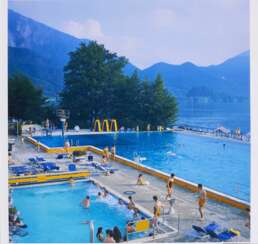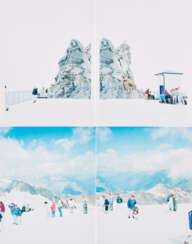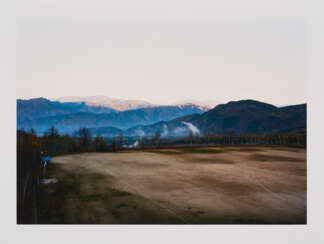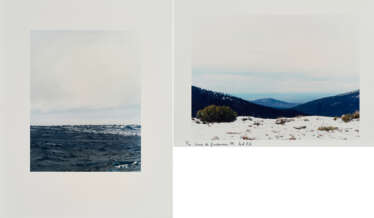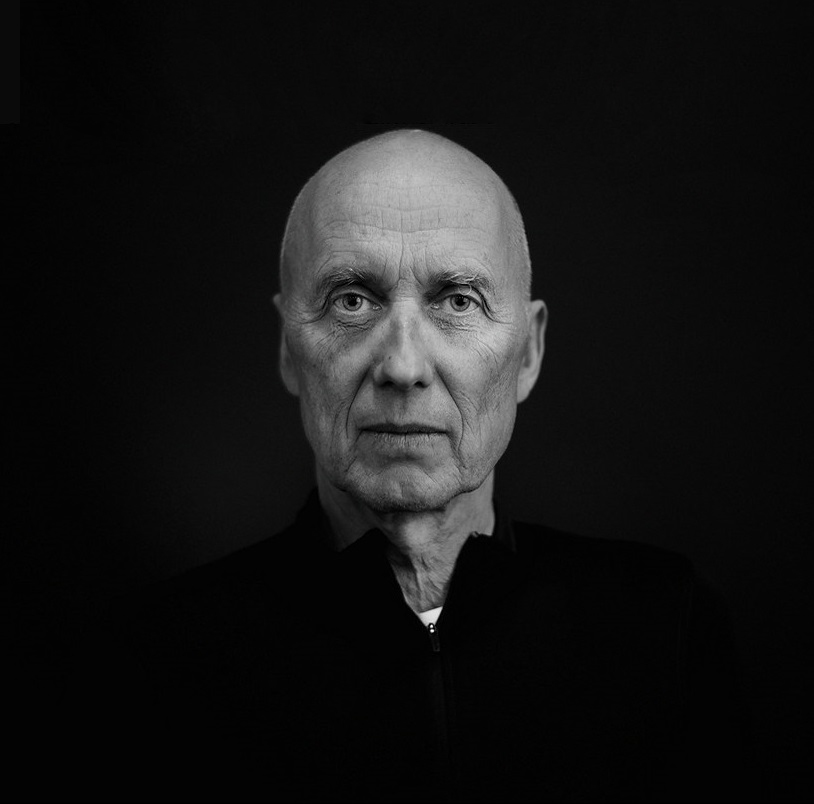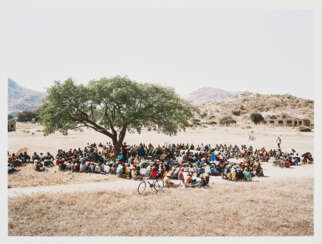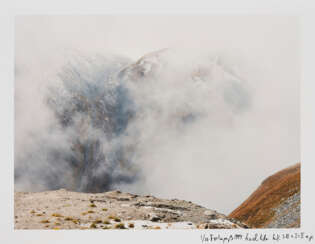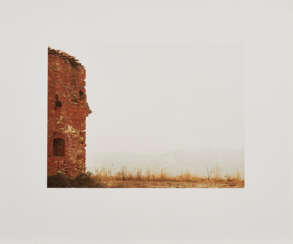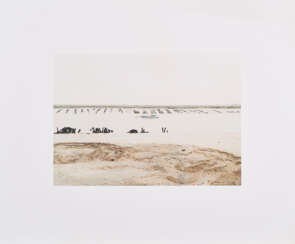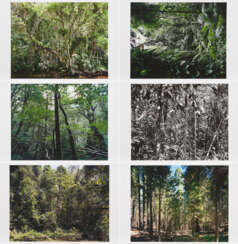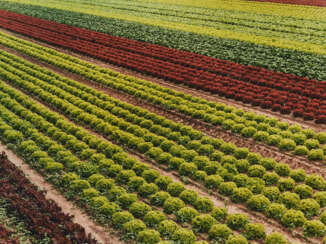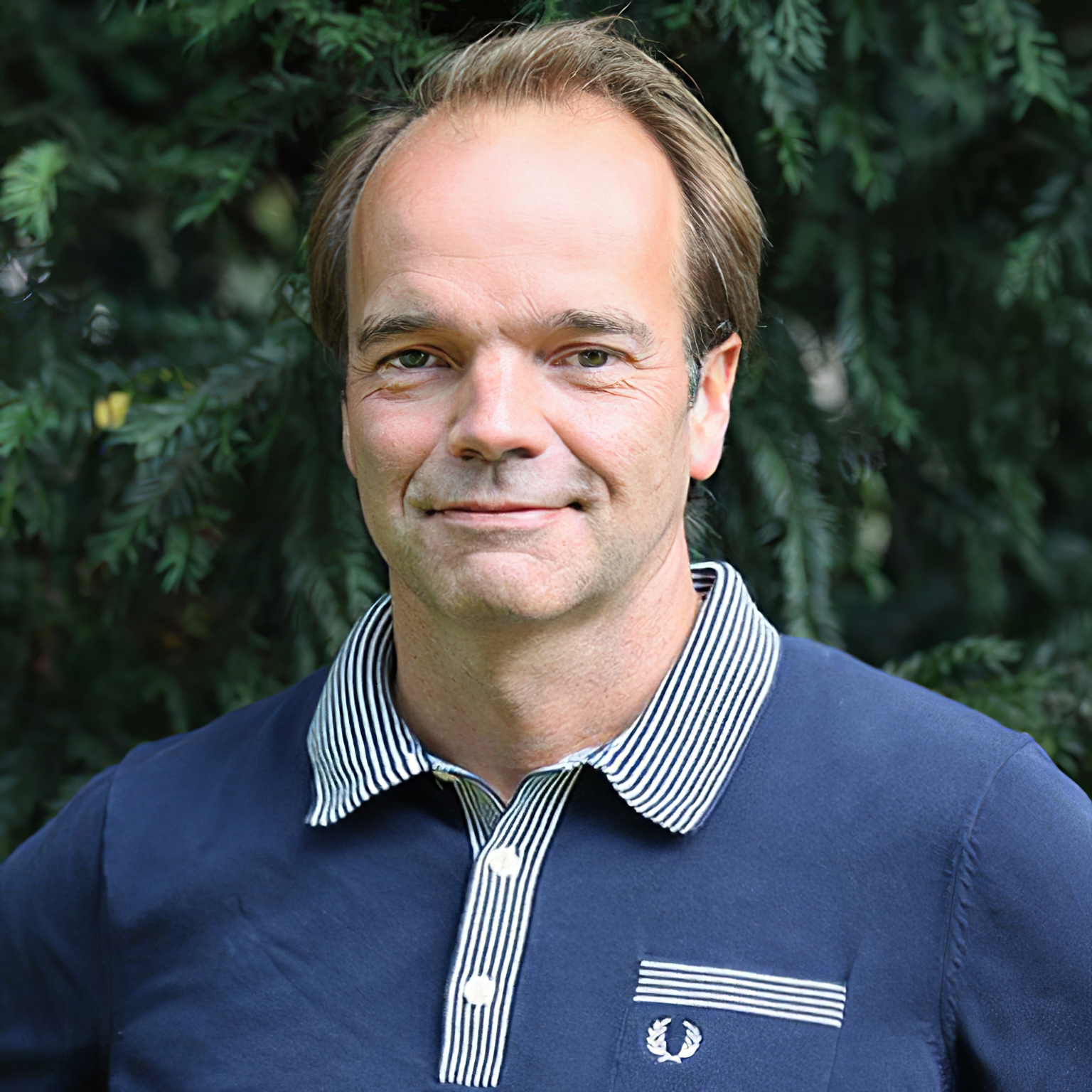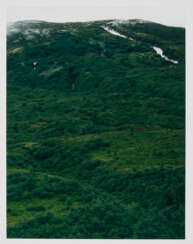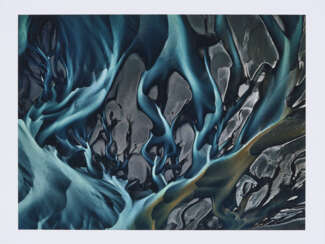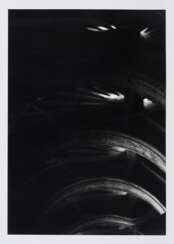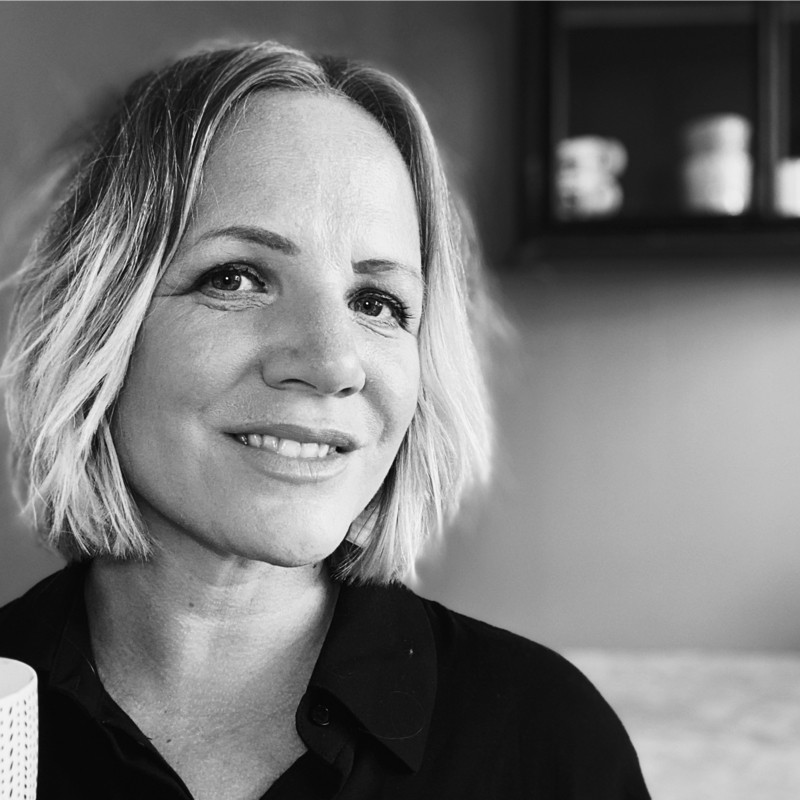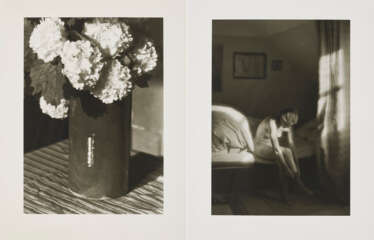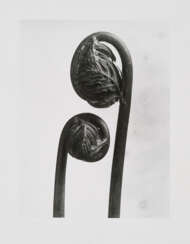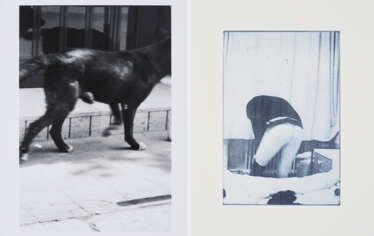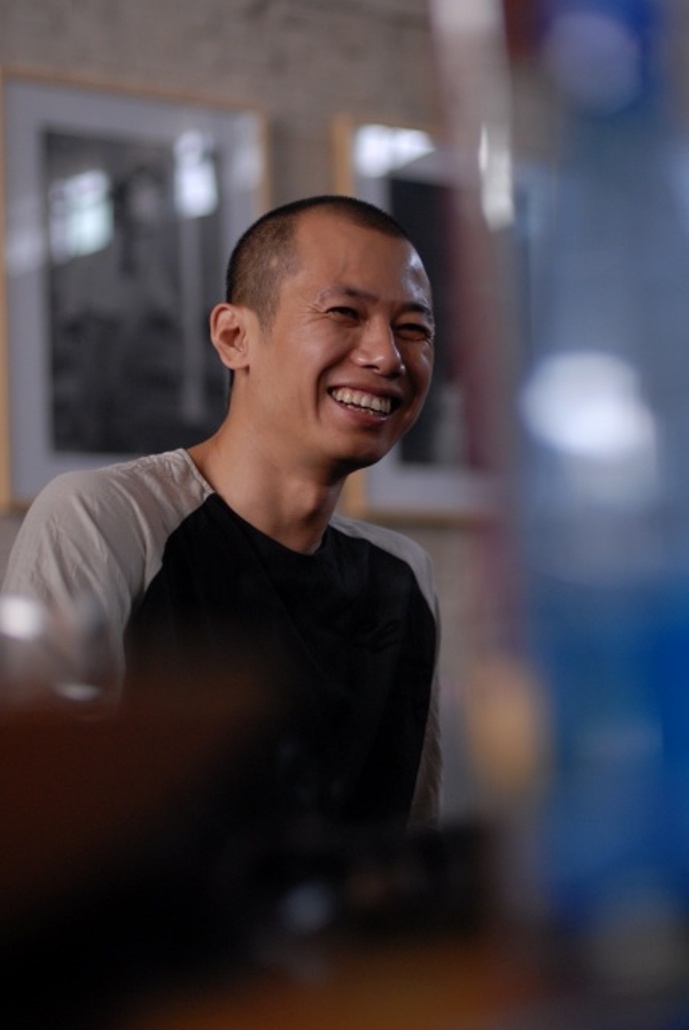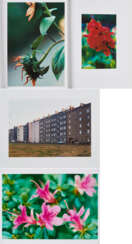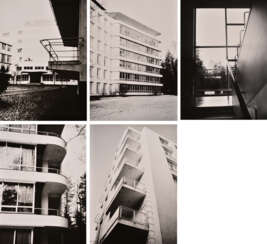
Photography — A1159: Photography
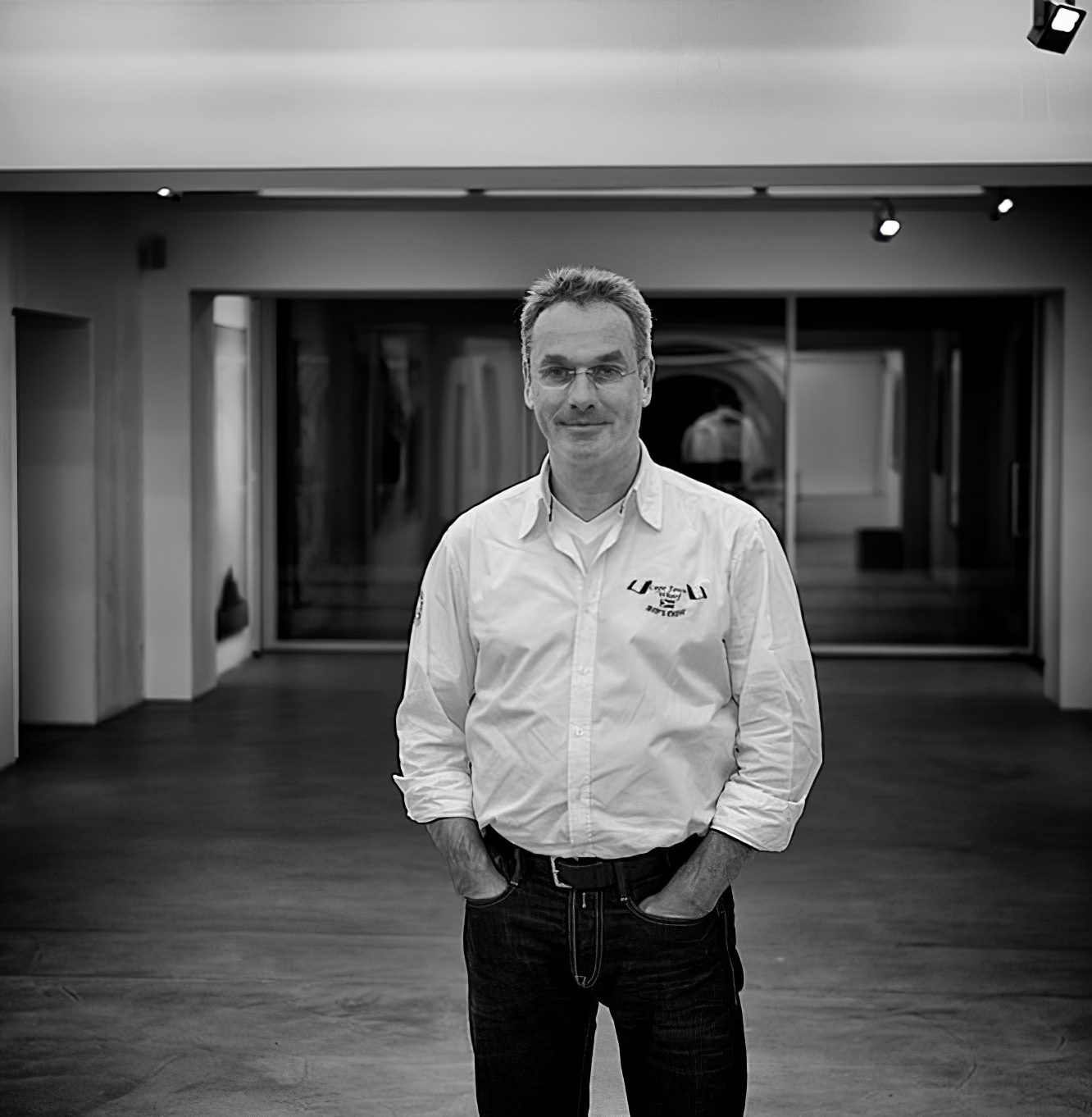
Ralf Peters is a contemporary German photographer.
Ralf Peters is a conceptual photographer who creates visual explorations of places and objects, often in thematic series. Playfully shifting between fantasy and reality, Peters manipulates digital images to challenge the viewer's conception of traditional photography, raising the question of whether something is a realistic image or a skillfully manipulated vision.
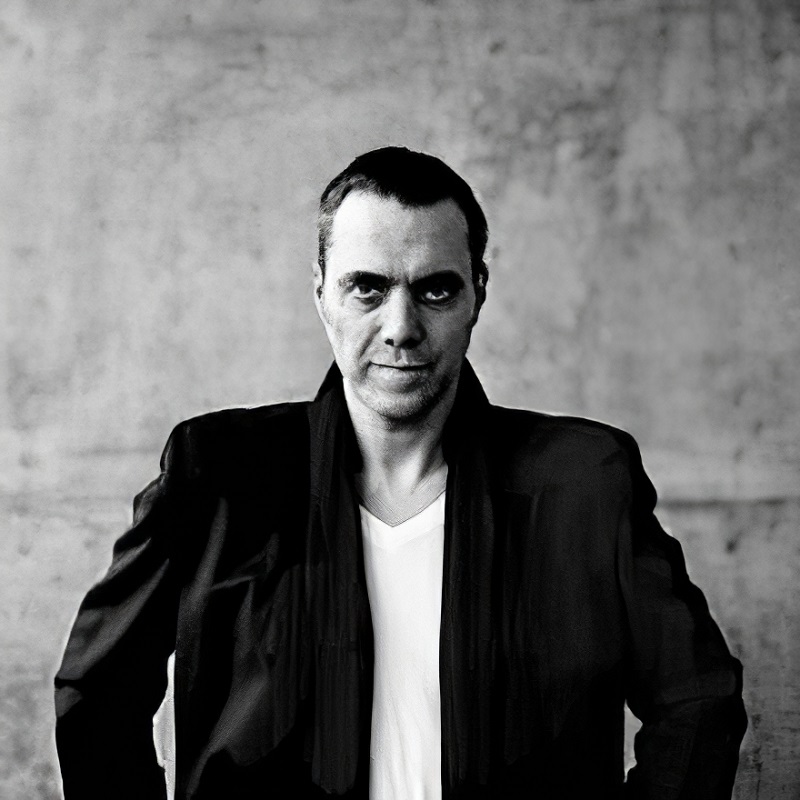
Ralf Kaspers is a contemporary German photographer.
He is attracted by monumental themes (nature, cityscapes, architecture) as well as ornamental microcosm consisting of countless combinations of identical small objects.
The constant change of themes and subjects allows the author to explore in detail the most important artistic categories such as form, texture and rhythm.

Ralf Kaspers is a contemporary German photographer.
He is attracted by monumental themes (nature, cityscapes, architecture) as well as ornamental microcosm consisting of countless combinations of identical small objects.
The constant change of themes and subjects allows the author to explore in detail the most important artistic categories such as form, texture and rhythm.
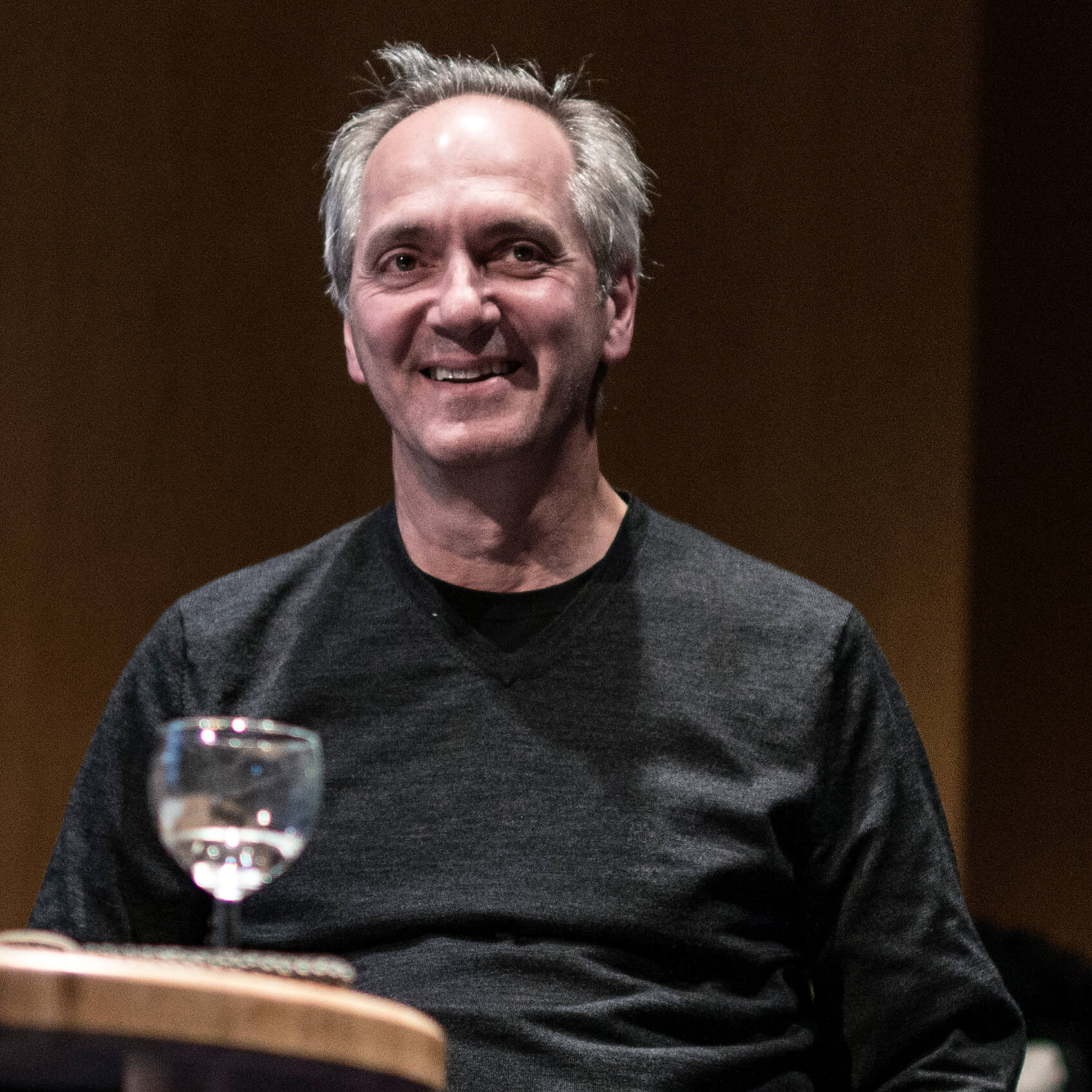
Thomas Struth is a German photographer who is best known for his Museum Photographs series, family portraits and black and white photographs of the streets of Düsseldorf and New York taken in the 1970s. Struth lives and works in Berlin and New York.

Ralf Kaspers is a contemporary German photographer.
He is attracted by monumental themes (nature, cityscapes, architecture) as well as ornamental microcosm consisting of countless combinations of identical small objects.
The constant change of themes and subjects allows the author to explore in detail the most important artistic categories such as form, texture and rhythm.
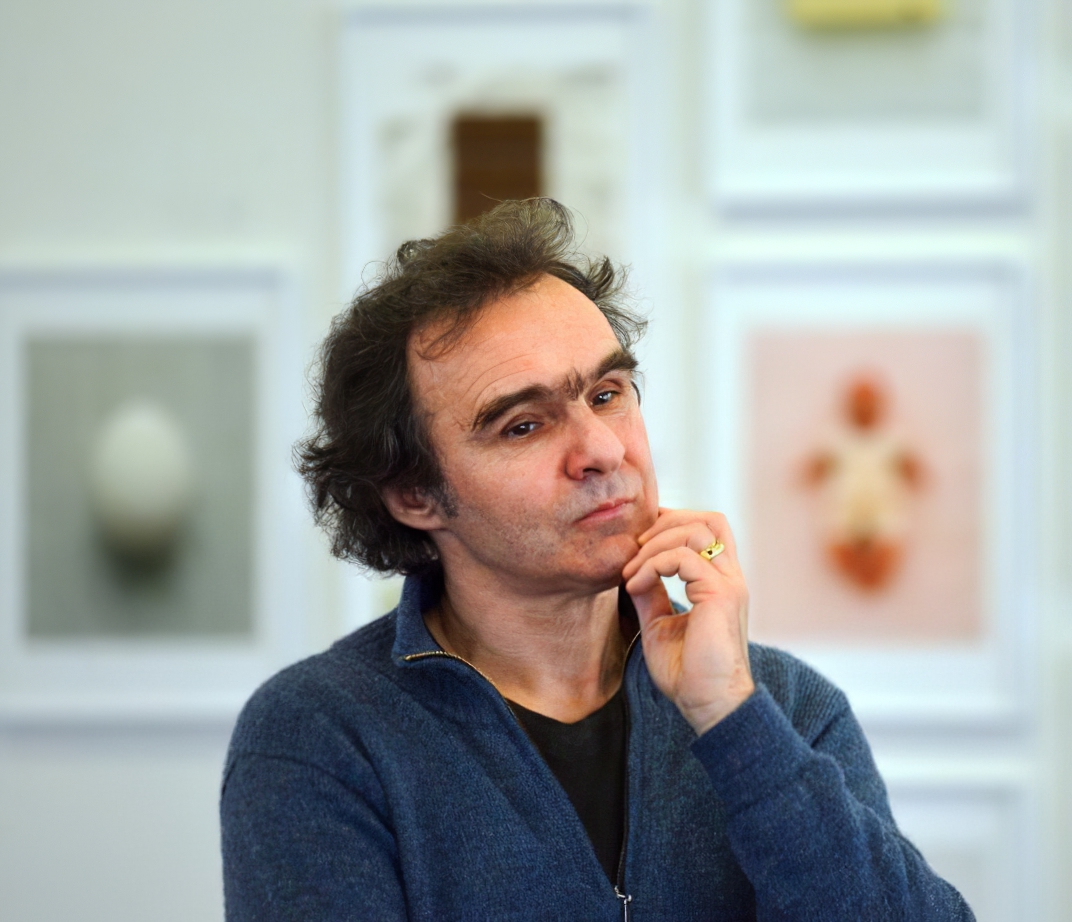
Klaus Goedicke is a contemporary German photographer, a disciple of Bernd Becher.
Klaus Goedicke creates straightforward, bright and impeccably composed still lifes. His specialty is object photography and his subject is consumer culture: plastic bottles, household items, food. Everything is photographed against a flat, colourful background to draw the viewer's attention to form. With its frontal straightness, glossy sheen and precise lighting, Gödicke's work is reminiscent of the visual language of advertising.
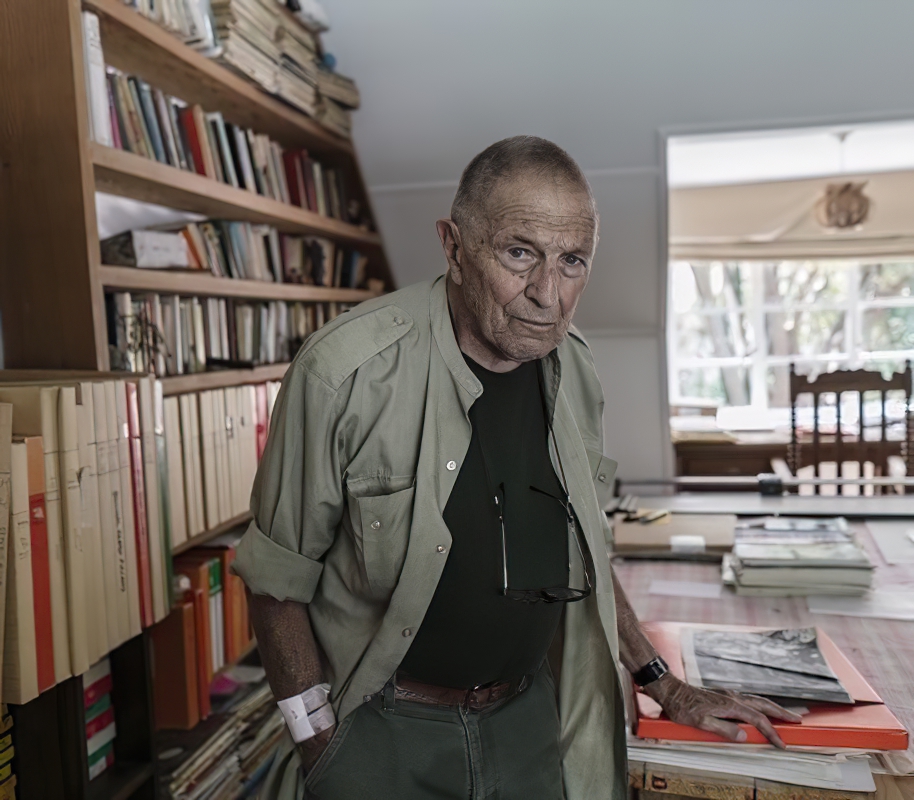
David Goldblatt was a South African photographer noted for his portrayal of South Africa during the period of apartheid. After apartheid had ended he concentrated more on the country's landscapes. What differentiates Goldblatt's body of work from those of other anti-apartheid artists is that he photographed issues that went beyond the violent events of apartheid and reflected the conditions that led up to them.

Elger Esser is a German landscape photographer, living in Düsseldorf. "He is primarily associated with large-format images of European lowlands with his characteristic low horizon lines, pale luminous colours and vast skies".
Esser's work is held in many public collections such as the Rijksmuseum in Amsterdam and the Solomon R. Guggenheim Museum, Metropolitan Museum of Art and Museum of Modern Art in New York. He has won the Rheinischer Kunstpreis and the Oskar Schlemmer Prize.

Thomas Struth is a German photographer who is best known for his Museum Photographs series, family portraits and black and white photographs of the streets of Düsseldorf and New York taken in the 1970s. Struth lives and works in Berlin and New York.
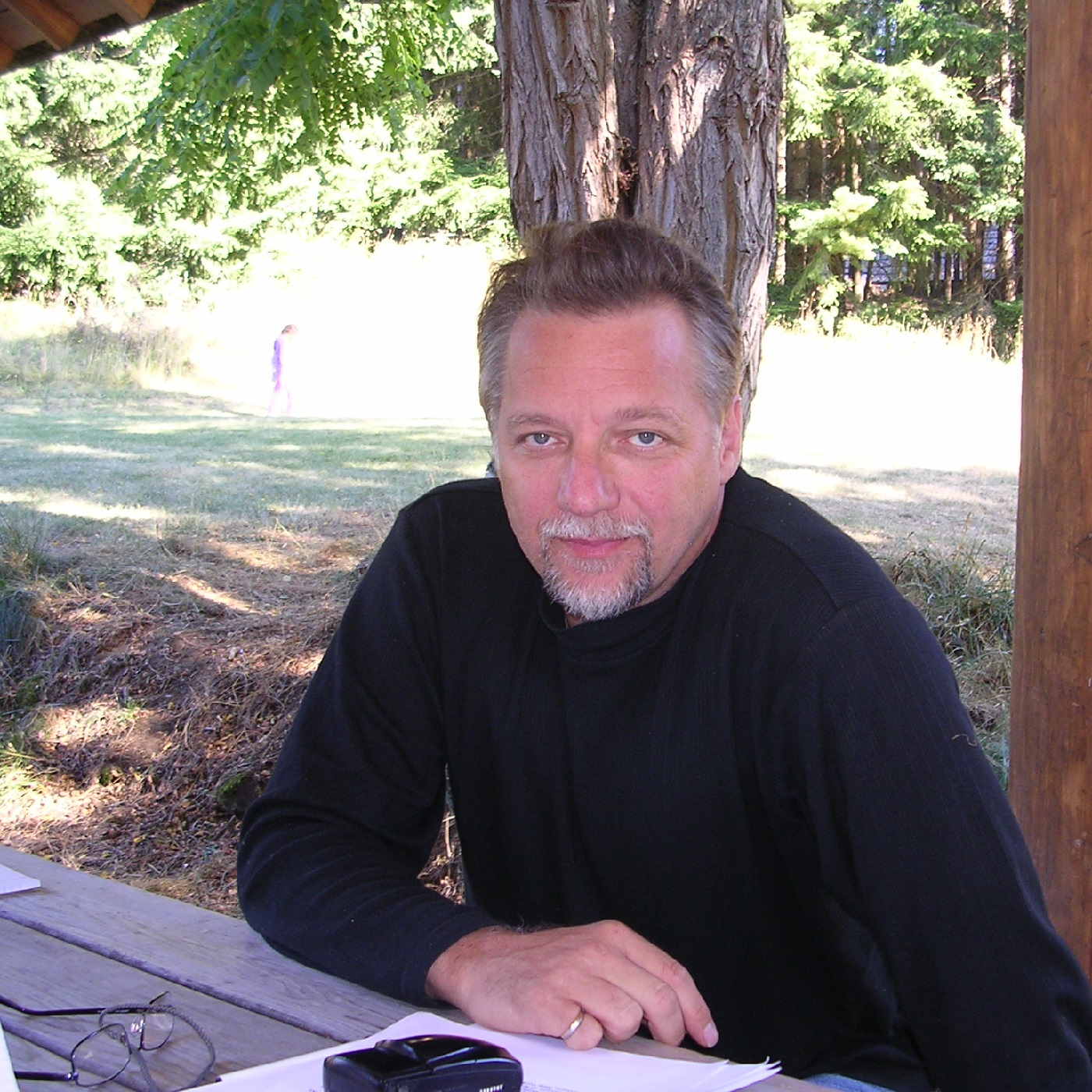
Edward Burtynsky is a Canadian photographer and artist known for his large format photographs of industrial landscapes. His works depict locations from around the world that represent the increasing development of industrialization and its impacts on nature and the human existence. It is most often connected to the philosophical concept of the sublime, a trait established by the grand scale of the work he creates, though they are equally disturbing in the way they reveal the context of rapid industrialization.
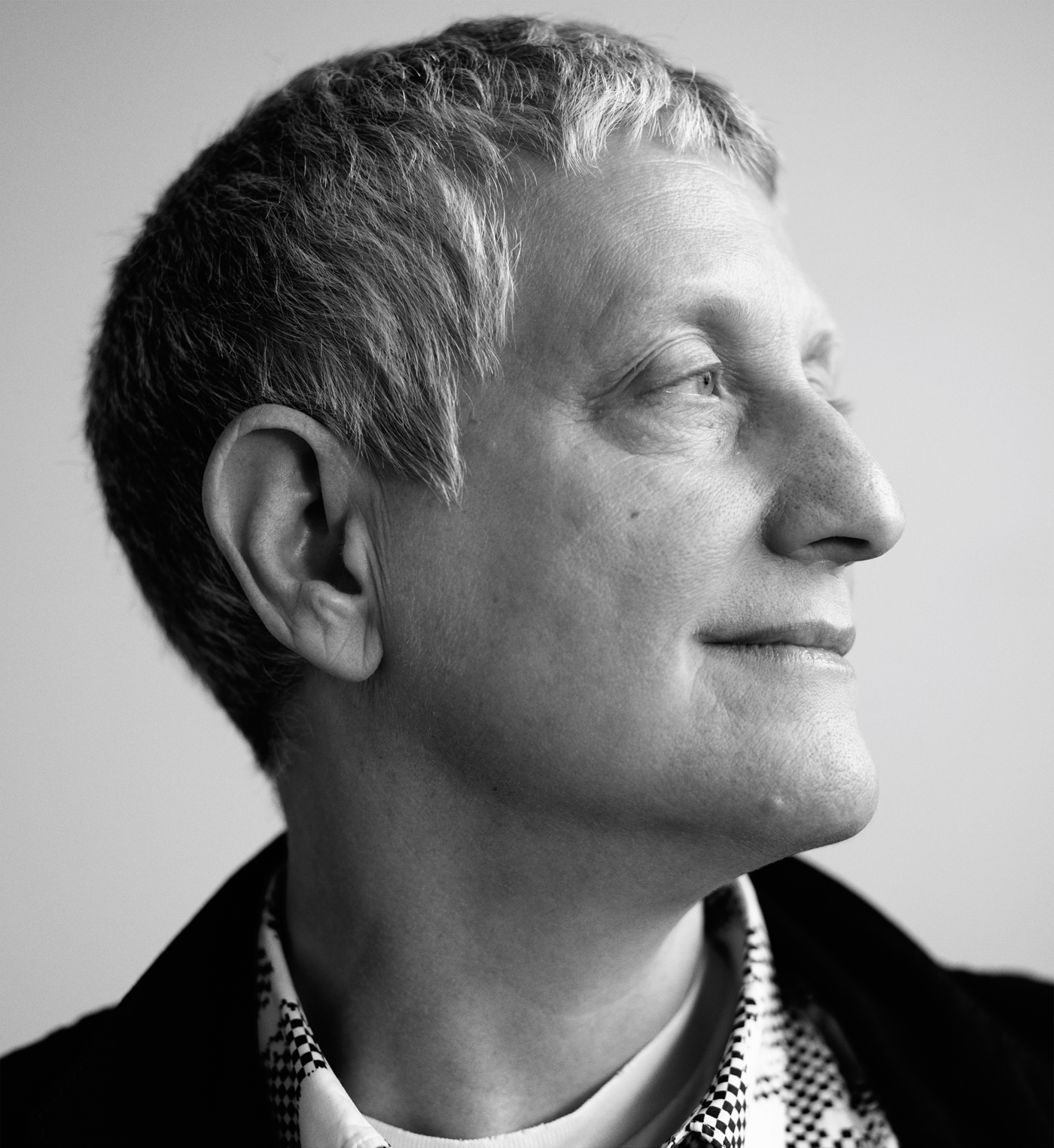
Roni Horn is an American visual artist and writer. The granddaughter of Eastern European immigrants, she was born in New York City, where she lives and works. She is currently represented by Xavier Hufkens in Brussels and Hauser & Wirth.
Horn has been intimately involved with the singular geography, geology, climate and culture of Iceland.
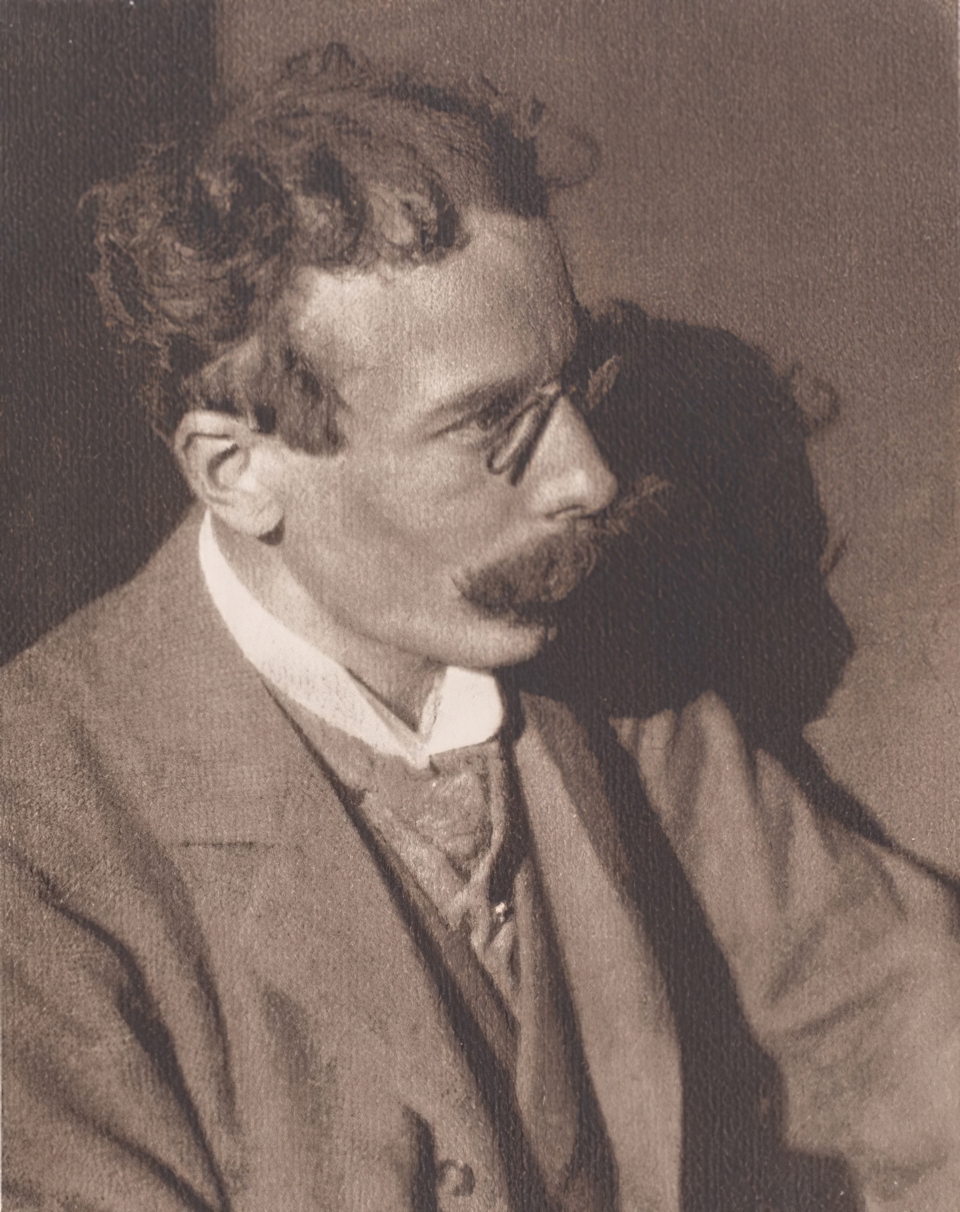
Carl Christian Heinrich Kühn was an Austrian–German photographer and photography pioneer.
Heinrich Kühn is regarded one of the forefathers of fine art photography, the movement that helped photography to establish itself as an art on its own. His photographs closely resemble impressionist paintings, with their frequent use of soft lighting and focus. Kühn was part of the pictorialist photographic movement.
Kühn mainly used the gum bichromate technique, applied in several layers, and thus allowing for previously unseen color tonalities.
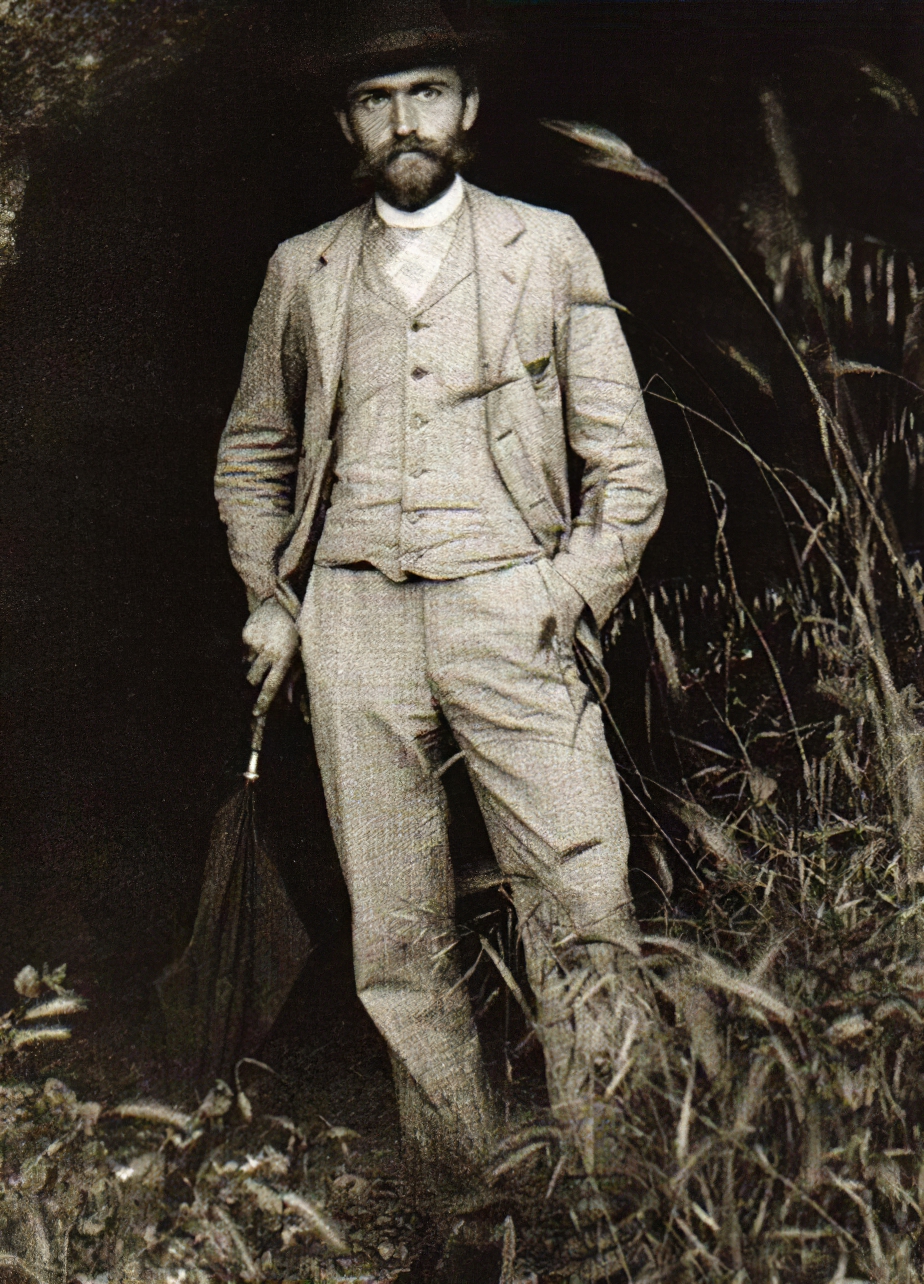
Karl Blossfeldt was a German photographer, sculptor and teacher who worked in Berlin. He was one of the representatives of the New Vision in photography. Blossfeldt worked with a camera of his own invention that allowed him to reach a 30x magnification.
He photographed mainly flowers, plants and plant fragments. Under this magnification plants resemble abstract shapes rather than the plant itself. Blossfeldt's photographs can be equally classified as scientific photography and as works of art.

Klaus Goedicke is a contemporary German photographer, a disciple of Bernd Becher.
Klaus Goedicke creates straightforward, bright and impeccably composed still lifes. His specialty is object photography and his subject is consumer culture: plastic bottles, household items, food. Everything is photographed against a flat, colourful background to draw the viewer's attention to form. With its frontal straightness, glossy sheen and precise lighting, Gödicke's work is reminiscent of the visual language of advertising.
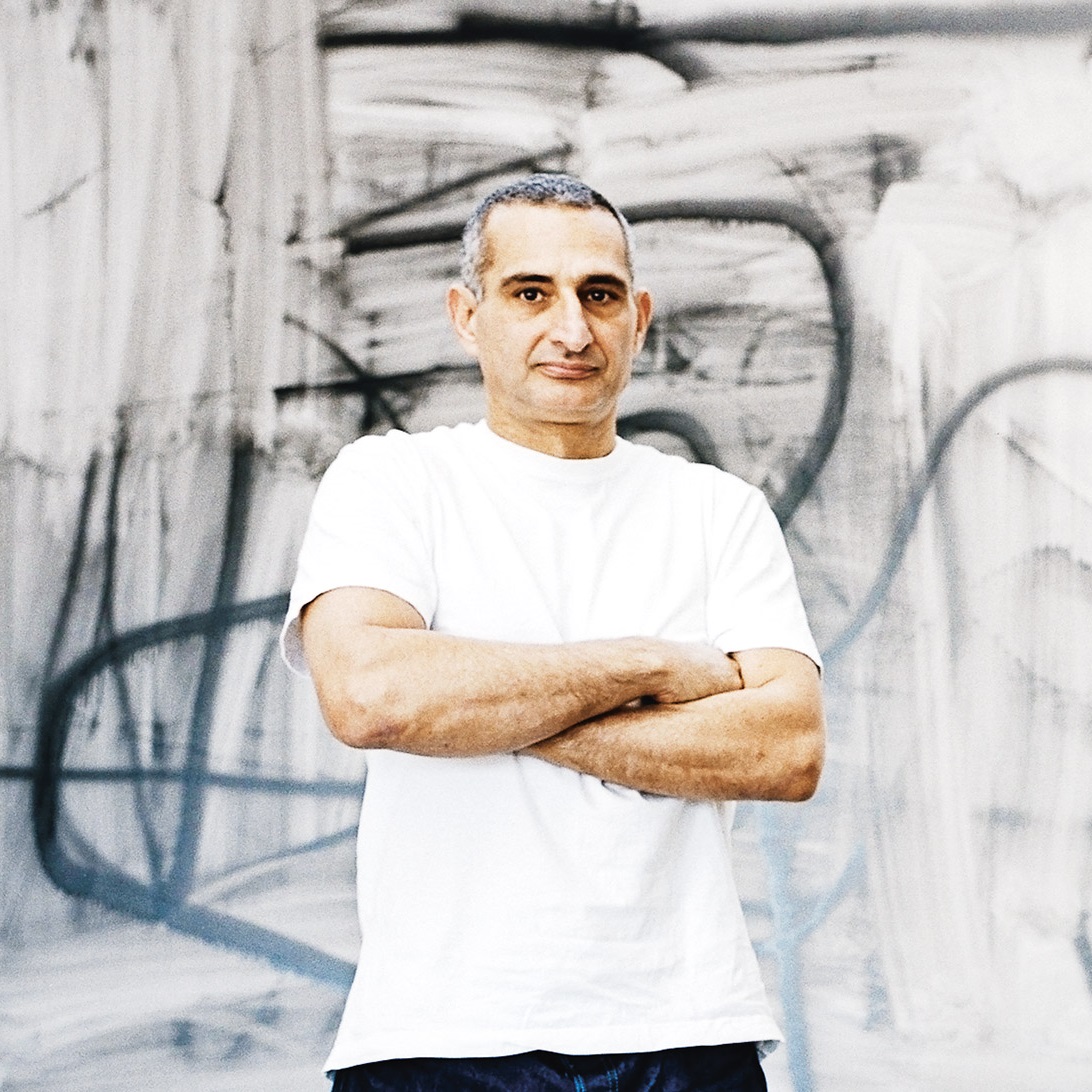
Christopher Wool is an American artist. Since the 1980s, Wool's art has incorporated issues surrounding post-conceptual ideas. He lives and works in New York City and Marfa, Texas, together with his wife and fellow painter Charline von Heyl.
Wool is best known for his paintings of large, black, stenciled letters on white canvases. Wool began to create word paintings in the late 1980s, reportedly after having seen graffiti on a brand new white truck. Using a system of alliteration, with the words often broken up by a grid system, or with the vowels removed (as in 'TRBL' or 'DRNK'), Wool's word paintings often demand reading aloud to make sense.

Thomas Struth is a German photographer who is best known for his Museum Photographs series, family portraits and black and white photographs of the streets of Düsseldorf and New York taken in the 1970s. Struth lives and works in Berlin and New York.
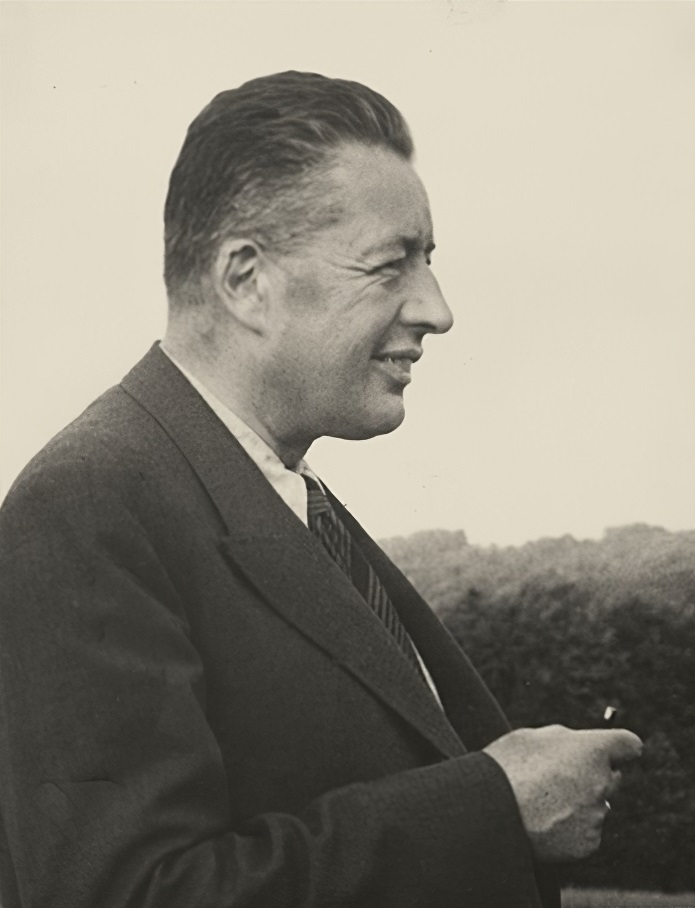
Karl Hugo Schmölz was a German photographer.
In collaboration with the great Rhineland architects of his time, including Adolf Abel, Bruno Pohl, Dominik Böhm, Gottfried Böhm, Hermann von Berg, Wilhelm Riefan, Rudolf Schwarz, Hans Schilling, Joachim Schürmann, he created an impressive series of images of the post-war architecture of Cologne. The compilations included shots of architecture, interiors and the city at night. In addition, Schmölz worked with various companies on advertising, especially in the furniture industry.
